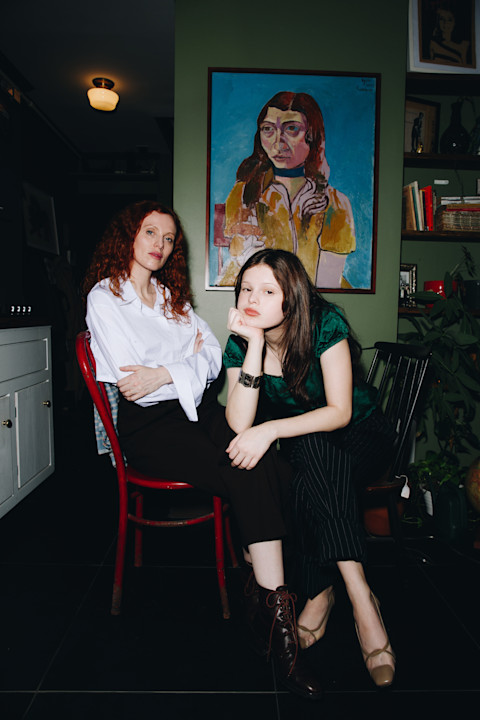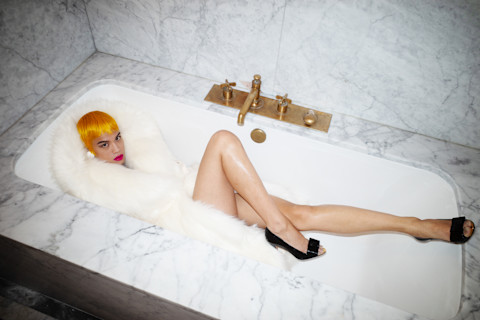The Radical New Chic of Marie Adam-Leenaerdt
The LVMH Prize finalist cut her teeth at Balenciaga and Givenchy. Now the 29-year old Belgian designer is emerging as one of the most exciting new voices in fashion.
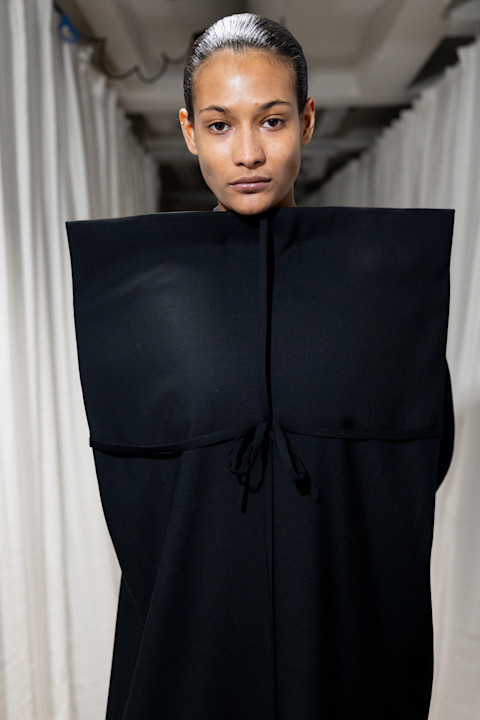
For much of her memory, the women of Marie Adam-Leenaerdt’s family—her mother, her mother’s mother—all wore heels. Her maternal grandmother, “a super strong woman,” owned a shoe collection that became one of the Belgian designer’s earliest obsessions, and only stopped wearing them when her advanced age wouldn’t allow for it. She lived until 100.
“She had a lot of humor,” the designer says, speaking via Zoom from her home in Brussels. “She was super chic, but always with a strange hat or something. I loved her. She was a really good inspiration.” Nowadays, in Adam-Leenaerdt’s design practice, accessories are crucial: “I cannot create a look without shoes and bags.”Adam-Leenaerdt herself used to wear heels, too—that is, until she launched her namesake label in 2023.


“But now, no,” she admits, laughing. “Always in Birkenstock.”Today, the 29-year-old designer is dressed down in a roomy black hoodie, her honey-brown hair cropped into a bob. When we talk she is in the midst of final preparations for her fifth runway show at Paris Fashion Week, which she will present in a furniture gallery—a locale befitting her ongoing fascination with the quotidian. (Last season, she staged her show at Terminus Nord, a commuter brasserie near the Gare du Nord train station.) Planning a fashion show can feel like putting on a play or making a movie, she says. “Each six months is super crazy, but the best part of the job.”In a week’s time, the show, soundtracked by a trilling rendition of Kate Bush’s “Wuthering Heights,” would open with models sporting windswept hair and an array of feminine tailoring—round-shouldered overcoats, jackets, and dresses—rendered in thick gray wool resembling those heavy-duty felt moving blankets. There would also be buoyant dresses in wallpapery floral prints rigged with crinoline-style hoops; a swishy gray anorak gown with the hoodie strings pulled tight; and an oversized trompe l’oeil jumper mimicking a prim tweed jacket, which was styled with a plump string of pearls. Adam-Leenaerdt’s clothes consider the everyday wardrobes of women past and present, and in turn twists and reforms those garments around the inevitable contortions of lived femininity.“It’s really important for me to challenge established norms,” Adam-Leenaerdt says. “I love tailoring, but I also love dresses. I love the combination between the structure of tailoring and the softness of a dress. I try to mix up all these elements to keep all these archetypes that we know and change something to see them differently.” She’s been interested in multifunctionality since she started thinking about making clothes. At 18, while enrolled in a Flemish language course in Antwerp, she visited the city’s fashion museum, the MoMu (Fashion Museum Antwerp), where she discovered the works of her Belgian brethren Martin Margiela and Ann Demeulemeester. “That’s when I decided I wanted to become a designer,” she says. “I was hesitating between studying business and design, and now I feel like I’m doing a bit of both.”

After studying at La Cambre in Brussels, she worked briefly at Givenchy and Balenciaga, both experiences that became master classes in how the big houses operate. At the latter, Adam-Leenaerdt worked under Demna—the enigmatic, highly influential Georgian creative director who previously studied at the Royal Academy of Fine Arts in Antwerp—in whom she identified a certain conceptual approach that aligned with her “Belgian DNA.”“He also studied at a Belgian school, so for me it’s like the same way of seeing things and creating things,” she says. “To start from something real and to create something new.”This sensibility, she explains, is “not about doing fashion for fashion. It’s more an intellectual process. We start with an idea before starting with an image, or with something truly aesthetic, and how this idea can become a garment. The first thing is really the idea, the idea behind the garment.”Transforming the banal into the surreal, or something like it, is a hallmark of Demna’s Balenciaga, and you can see how it manifests in Adam-Leenaerdt’s work. Some ideas are exaggerated, such as a chartreuse column dress bent into the rectangular shape resembling a wrapped gift, while others are delightfully abstract. One mesmerizing and wearable look from her latest collection was simple enough: a cobalt sweater that looked like a V-neck and a quarter-zip knitted into one, with a shoulder bag that resembles an unfurled roll-top backpack—a riff on the commuter’s daily uniform, as though she were taking the metro to the office in some energy efficient European city.

That sensibility has been there since her debut collection, which she presented in front of a sculpture of municipal chairs inside a harshly lit conference room of a Parisian hotel, drawing inspiration from the run-of-the-mill rented cocktail tables you might encounter at a regional corporate retreat. She styled minidresses and asymmetrical skirts from what looked like catering-style tablecloths.
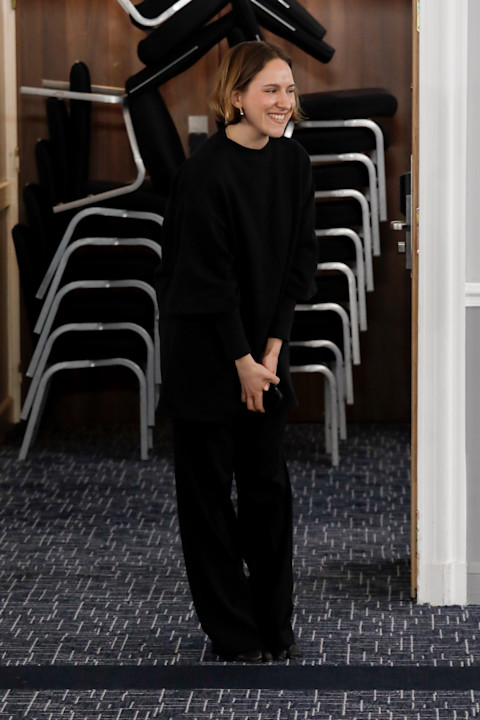
Her work as a designer centers on the quotidian, taking the unremarkable things we encounter and trying to disturb them, to challenge them. It bodes that, in between seasons, insofar as fashion ever really allows for time off, she cools off at home in Brussels.

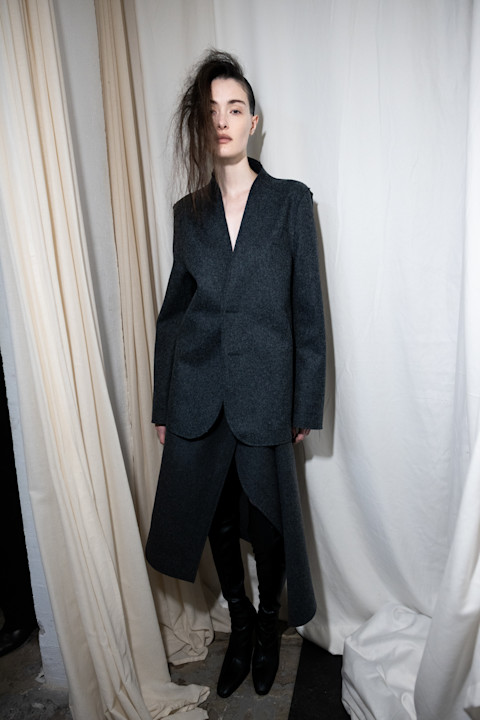
At home, her passions are simple: cooking, gardening, and her dog. She grows a dozen varieties of tomatoes in her yard, which she cooks into pizzas and pastas. There, she can live and observe with ease, as she always has. “I like that when you see a garment, you recognize a reference, but we don’t know if it’s the object’s or the garment,” she explains. “It’s a small line between the two.”
GQ,
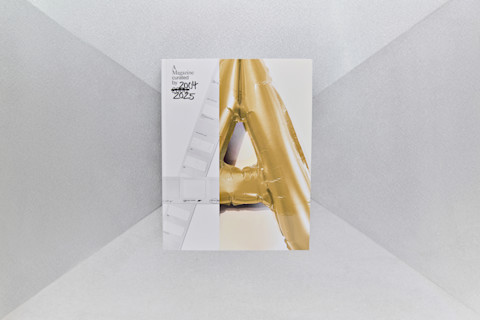 Simone Rocha and Francesco Risso on the Best Part of Being a Fashion Designer A conversation between the two creatives, in celebration of 25 years of “A Magazine Curated By.” A Magazine Curated By , This collection of conversations was curated over the past few months in preparation for this special issue, celebrating 25 years of creation. The opportunity to read dialogues between creatives—especially fashion designers—is rare, as they typically remain in their own spheres. Yet, each designer has a unique and direct relationship with the concept of creativity. This concept served as the guiding principle for these conversations, with the goal of gaining insight into how designers think about their processes and creations.
Simone Rocha and Francesco Risso on the Best Part of Being a Fashion Designer A conversation between the two creatives, in celebration of 25 years of “A Magazine Curated By.” A Magazine Curated By , This collection of conversations was curated over the past few months in preparation for this special issue, celebrating 25 years of creation. The opportunity to read dialogues between creatives—especially fashion designers—is rare, as they typically remain in their own spheres. Yet, each designer has a unique and direct relationship with the concept of creativity. This concept served as the guiding principle for these conversations, with the goal of gaining insight into how designers think about their processes and creations. 
